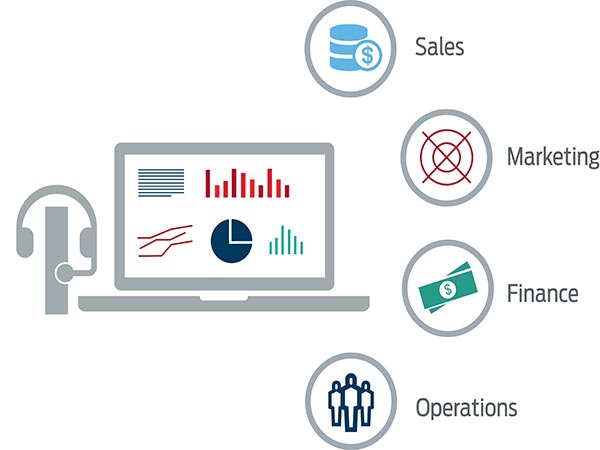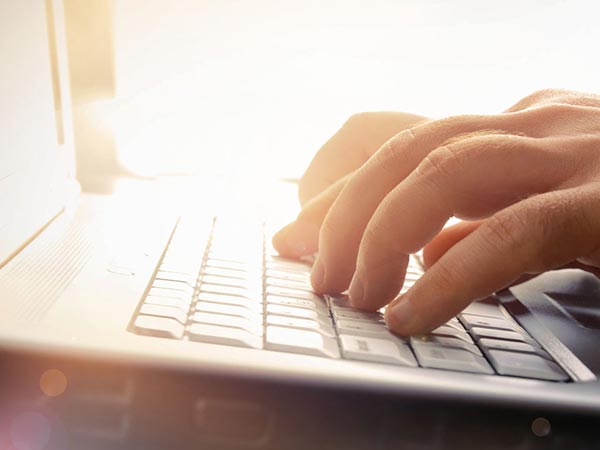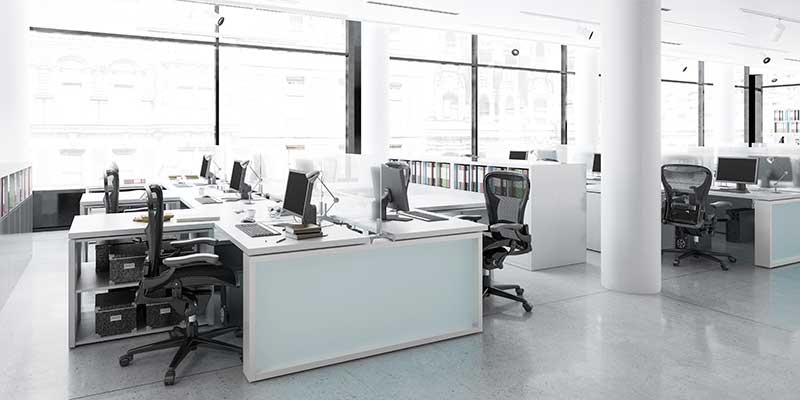3 Reasons Contact Center Analytics Fail

Timely insights about customer behavior. Better understanding of what your customers experience. Happier contact center agents. More loyal customers. Sounds great, right? The potential for contact center analytics is high. But reality often falls short, causing the contact center analytics to fail. Here are three main reasons why.
1. Confusion About Contact Center “Analytics”
The largest problem facing successful contact center analytics is simply confusion on what it is and what it does. You and your executives may not be on the same page regarding the definition, purpose and outputs of analytics in your contact center. And if you aren’t on the same page, important insights can fall on deaf ears.
For many people, “analytics” is synonymous with “hard numbers.” They find it hard to embrace the “softer” representations and insights derived from today’s rich analytics. But these softer findings can have immense value and drive tangible results for your business. Executives and stakeholders short-change their analytics efforts if they limit themselves to this legacy, numbers-only mindset.
The topic of multichannel also can confuse people. Analyzing data from one channel is hard enough—leaders can be downright paralyzed by indecision when faced with the idea of analyzing multiple communication channels. Yet multichannel customer engagement and the associated analytics are must-haves if you want to truly understand (and optimize) the holistic customer experience.
Lastly, some of the most startling and revealing outputs of analytics are unintended ones. If you or your stakeholders ignore powerful insights because you’re too rigid, you can miss out on previously undetected issues or unknown opportunities that could drive meaningful change for your business.
2. Inadequate Planning
Companies implementing contact center analytics essentially are implementing a type of change management. And any kind of change management is a company-wide endeavor that needs executive-level support and a ton of planning to succeed.
But more often than not, proper planning for these projects is inadequate or even non-existent. We frequently see:
- No or low involvement of the internal subject matter experts who best understand customers and the customer experience.
- Lack of buy-in from the executive team that they understand—and are ready and willing to accept—the new type of information delivered by today’s analytics.
- Lack of buy-in from other internal stakeholders who need to provide ongoing input.
- Lack of a formalized input/ideas gathering process.
- Lack of objective receptivity to observations and suggestions given by those outside the project team.
- Lack of skillset and cross-functional diversity in the analytics project team.
- No safe haven where frontline agents can freely share ideas, insights and observations.
- No identified formal and informal leaders to advocate internally on the project’s behalf.
- No empowerment of analytics team members.
- No programmatic support and training strategy to prevent burnout or demoralization of analytics team members.
- Lack of ongoing funding at the level needed to properly fuel the initiative.
3. Lack of Ongoing Focus and Commitment
Like every department, analytics teams can be waylaid by too many requests or too many distractions. Those teams lacking a formalized, closed-loop process especially can suffer. Some analytics teams also chase after every interesting output generated—while enthusiastic, it’s a fruitless habit that distracts focus and delays critical projects.
Executives also may not understand the long-term commitment needed to realize true value from any analytics initiative. And they may be reluctant to commit to the project long-term unless they understand analytics’ value to the business. In a nutshell, they need to understand—and see proof of, on an ongoing basis—how contact center analytics helps them achieve the company’s overall goals.
These challenges are real, but they’re not insurmountable. Download our whitepaper, How to Succeed with Contact Center Analytics, to learn how to move ahead with confidence on your contact center analytics project.
You might also be interested in:









